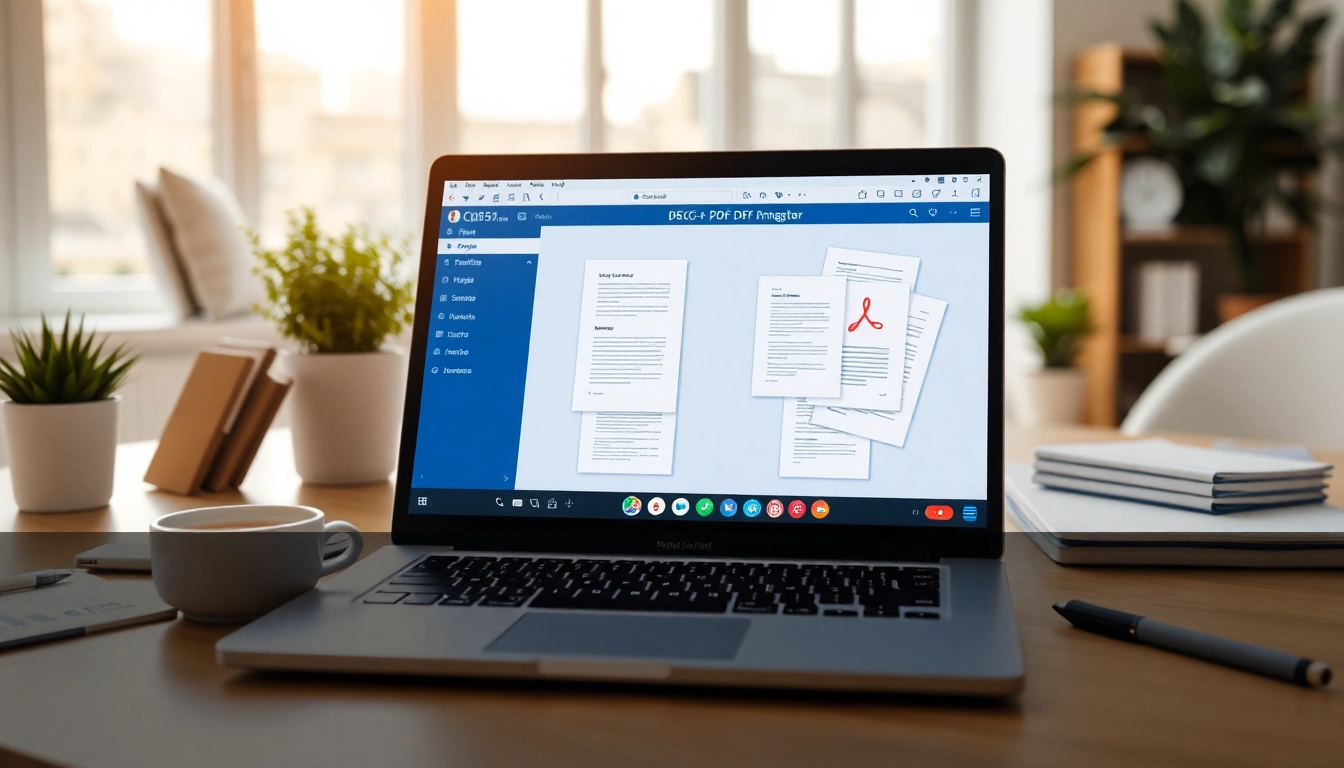Introduction to ClickFunnels
In an increasingly digital marketplace, the need for effective sales funnels has become paramount. Businesses and entrepreneurs require robust tools to help convert traffic into paying customers. ClickFunnels emerges as a powerful solution designed to streamline the sales process. With its user-friendly interface and comprehensive suite of features, ClickFunnels enables users to create complex sales funnels without the need for extensive technical knowledge. This article will delve deeply into the functionalities and advantages of using ClickFunnels, providing you with the insights necessary to elevate your sales strategy.
1. What is ClickFunnels?
ClickFunnels is an online software that was founded in 2014, aimed explicitly at helping businesses market, sell, and deliver their products and services effectively. At its core, ClickFunnels allows users to build entire sales funnels, which are series of web pages designed to guide prospective customers through the purchasing process. The platform features a drag-and-drop editor, ensuring that even those with limited technical skills can design attractive, high-converting funnels with ease.
2. Key Features of ClickFunnels
- Funnel Builder: The heart of ClickFunnels is its funnel builder, which allows users to create various types of funnels, including sales funnels, lead generation funnels, and membership funnels.
- Templates: ClickFunnels provides a library of professionally designed templates that can be customized to suit different industries, making the setup process quicker and more intuitive.
- Email Integration: Users can integrate email autoresponders within their funnels, making it easy to follow up with leads and customers automatically.
- Analytics: ClickFunnels offers detailed funnel analytics that help users monitor and optimize their sales processes based on real-time data.
- Payment Gateway Integration: The platform supports integration with various payment gateways, allowing seamless transactions within the sales funnels.
- Affiliate Programs: Users can create and manage affiliate programs to promote their products through a network of affiliates.
3. Benefits of Using ClickFunnels for Your Business
The benefits of ClickFunnels extend beyond its core features. The platform enhances marketing efficiency and conversion rates, offering a robust solution for businesses of all sizes. Here are some compelling advantages:
- Time-Saving: ClickFunnels significantly reduces the time required to build effective sales funnels by utilizing templates and a streamlined interface.
- Improved Conversion Rates: By guiding customers through the buying process logically, ClickFunnels enhances the chances of conversion, leading to increased revenue.
- Comprehensive Toolset: With tools for landing pages, email marketing, and payment processing, ClickFunnels serves as an all-in-one solution for sales funnel management.
- Community Support: The ClickFunnels community is vast and active, offering support, advice, and shared experiences that can benefit users greatly.
- Scalability: ClickFunnels can grow with your business, adapting to your needs whether you are a solopreneur or an enterprise-level organization.
Setting Up Your First Funnel with ClickFunnels
Creating an effective funnel with ClickFunnels is a straightforward process that can be broken down into several key steps. By following these steps, you can set up a funnel that aligns with your business goals and captures your audience’s interest.
1. Creating a New Funnel
The first step in setting up your funnel is to create a new one within the ClickFunnels dashboard. Users can choose to start from scratch or utilize a template. Starting with a template is often recommended for newcomers, as it provides a solid foundation upon which they can build.
2. Choosing the Right Funnel Type
ClickFunnels offers various funnel types tailored to specific objectives. Here are some of the most popular types to consider:
- Sales Funnel: Ideal for guiding customers towards making a purchase.
- Lead Generation Funnel: Designed to capture leads by offering something of value, such as a free e-book or webinar.
- Product Launch Funnel: Useful for introducing new products to the market, creating excitement and anticipation.
- Event Funnel: Perfect for promoting and managing attendance to live events or webinars.
3. Essential Elements in a ClickFunnels Design
When designing your funnel, certain elements are critical for success. These include:
- Landing Pages: The entry point for your funnel where users first engage with your offer.
- Call to Action (CTA): Strong, clear CTAs that prompt visitors to take the next step.
- Testimonials: Adding social proof can greatly enhance the credibility of your offer.
- Upsells and Downsells: Strategies to increase average order value by offering additional products post-purchase or at cart.
Driving Traffic to Your ClickFunnels
Creating a funnel is just the beginning; driving traffic to that funnel is crucial for its success. Here are strategies to attract potential customers effectively.
1. Organic Traffic Strategies
Organic traffic remains one of the most cost-effective ways to draw users to your funnel. Here are some strategies to consider:
- SEO: Optimize your landing pages for search engines to enhance visibility and attract more visitors.
- Content Marketing: Create valuable content that resonates with your target audience, driving traffic to your funnel as readers seek more information.
- Social Media Engagement: Leverage platforms like Facebook, Instagram, and Twitter to connect with your audience and share insights that lead to your offer.
2. Paid Advertising Techniques
Investing in paid advertising can yield quick results. Here are several effective channels:
- PPC Advertising: Pay-per-click campaigns can drive traffic to your funnel directly from search engines.
- Social Media Ads: Use targeted ads on platforms where your target audience spends time, enhancing visibility and engagement.
- Retargeting Campaigns: Reach out to users who have previously visited your funnel but did not convert, encouraging them to return.
3. Leveraging Social Media for ClickFunnels
Social media is a powerful tool for driving traffic. Here are some strategies:
- Shareable Content: Create content that is shareable and encourages followers to spread the word about your product or offer.
- Influencer Marketing: Partner with influencers in your niche to tap into their audience and drive traffic effectively.
- Live Demonstrations: Use live videos to showcase your product and funnel process, engaging potential leads in real-time.
Analyzing Funnel Performance in ClickFunnels
Understanding and analyzing funnel performance is vital for continuous improvement. ClickFunnels provides various tools to help users monitor their funnels effectively.
1. Understanding Funnel Metrics
Several key metrics help gauge funnel performance:
- Conversion Rate: The percentage of visitors who take the desired action within the funnel, such as making a purchase.
- Traffic Source Analysis: Understanding where your traffic is coming from can help optimize outreach and marketing efforts.
- Funnel Drop-Off Rates: Identifying where users leave the funnel allows for targeted optimizations to reduce these rates.
2. Tools for Monitoring Performance
ClickFunnels offers inbuilt analytics and integrations with external analytical tools:
- ClickFunnels Reports: Built-in dashboards provide insights on funnels and visitor behavior.
- Google Analytics: Integrating Google Analytics within ClickFunnels allows for more extensive data analysis and reporting.
3. Optimizing Your Funnel Based on Data
Using data from your metrics, optimizations can take various forms:
- A/B Testing: Test different versions of elements (headlines, images, CTA buttons) to identify what performs best.
- Modifying User Experience: Utilize insights to enhance user experience based on behavioral patterns observed.
- Follow-Up Sequences: Implement follow-up emails and notifications based on user interactions within the funnel.
Advanced ClickFunnels Techniques
Once you have a grasp of the basics, advanced techniques can help further optimize your funnels for even greater results.
1. A/B Testing Your Funnels
A/B testing is an essential strategy for funnel optimization. By comparing two variants of a web page or funnel step, businesses can identify which performs better. Key components to test include:
- Headlines: A strong, compelling headline can significantly influence conversion rates.
- Visual Elements: Test different images, colors, and layouts to see which captures your audience’s attention effectively.
- Offer Variations: Small changes in the offer can lead to significant shifts in conversion rates.
2. Integrating Third-Party Tools with ClickFunnels
While ClickFunnels is a comprehensive tool, integrating it with other platforms can enhance its capabilities:
- Email Marketing Services: Integration with tools such as Mailchimp or ActiveCampaign can automate and optimize follow-up processes.
- CRM Tools: Connect ClickFunnels to customer relationship management (CRM) tools for better lead management and customer insights.
3. Case Studies: Successful ClickFunnels Users
Learning from the success of others can provide valuable insights. Many businesses across various industries have successfully used ClickFunnels to achieve their goals. Notable examples include:
- Small Businesses: Entrepreneurs who launched successful online courses using lead generation funnels to substantially increase enrollment rates.
- Traditional Retailers: Brick-and-mortar stores that transitioned online, utilizing ClickFunnels to market their products effectively and engage customers through promotions and upsells.
- Coaches and Consultants: Professionals who built their brands and enhanced client acquisition through tailored funnels that showcase their expertise.















Leave a Reply